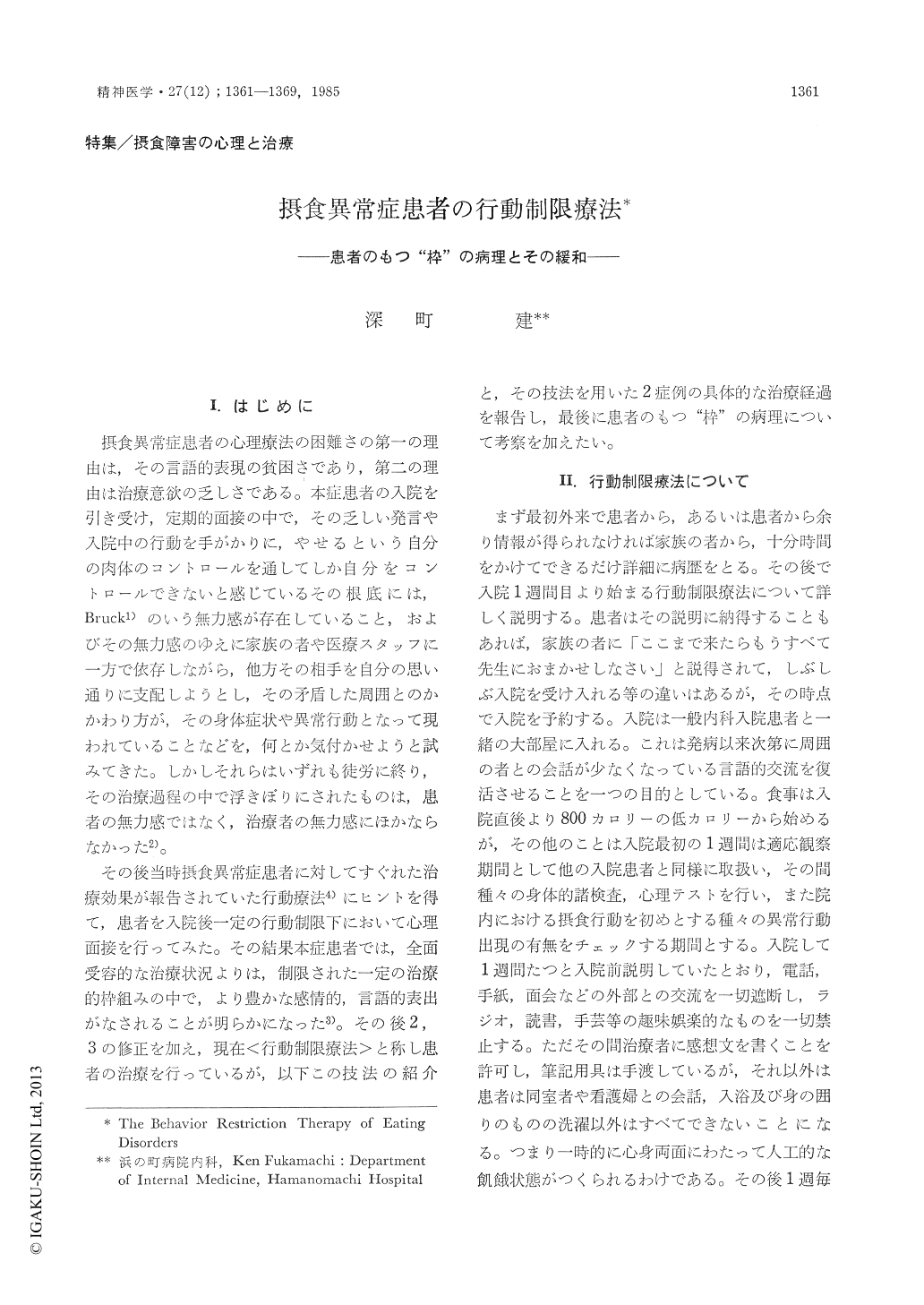1 0 0 0 OA 一緒に散歩するロボット「マコのて」における手を握りあうことの効果について
- 著者
- 野坂 竜也 深町 建太 竹田 泰隆 P. Ravindra S. De Silva 岡田 美智男
- 出版者
- ヒューマンインタフェース学会
- 雑誌
- ヒューマンインタフェース学会論文誌 (ISSN:13447262)
- 巻号頁・発行日
- vol.17, no.2, pp.191-200, 2015-05-25 (Released:2019-07-01)
- 参考文献数
- 10
- 被引用文献数
- 1
When people are walking together with taking the hand of each other, they can sense the partner's thought and intention by sensing the patterns of grasping. Platform of Mako-no-Te is sign with one-handed robot with small-scale head-appearance as its body. Through this platform, our motivation to explore how those grasping patterns are effectively communicate and building relationships between human and robot. Through the experiment, we explored that subjective evaluation when robot and human takes the hand of each other. Through the questionnaire, we examine subjective impression about the rapport, effect and influences of the interaction, intention, closeness and etc. Results showed that through the variety of grasping patterns it's potential to establish the perceivable communication between the robot and human. In this paper, we describe our concept, design, mechanism of Mako-no-Te and results of the experiment.
1 0 0 0 摂食異常症患者の行動制限療法—患者のもつ"枠"の病理とその緩和
- 著者
- 深町 建
- 出版者
- 医学書院
- 雑誌
- 精神医学 (ISSN:04881281)
- 巻号頁・発行日
- vol.27, no.12, pp.1361-1369, 1985-12-15
I.はじめに 摂食異常症患者の心理療法の困難さの第一の理由は,その言語的表現の貧困さであり,第二の理由は治療意欲の乏しさである。本症患者の入院を引き受け,定期的面接の中で,その乏しい発言や入院中の行動を手がかりに,やせるという自分の肉体のコントロールを通してしか自分をコントロールできないと感じているその根底には,Bruck1)のいう無力感が存在していること,およびその無力感のゆえに家族の者や医療スタッフに一方で依存しながら,他方その相手を自分の思い通りに支配しようとし,その矛盾した周囲とのかかわり方が,その身体症状や異常行動となって現われていることなどを,何とか気付かせようと試みてきた。しかしそれらはいずれも徒労に終り,その治療過程の中で浮きぼりにされたものは,患老の無力感ではなく,治療者の無力感にほかならなかった2)。 その後当時摂食異常症患者に対してすぐれた治療効果が報告されていた行動療法4)にヒントを得て,患者を入院後一定の行動制限下において心理面接を行ってみた。その結果本症患者では,全面受容的な治療状況よりは,制限された一定の治療的枠組みの中で,より豊かな感情的,言語的表出がなされることが明らかになった3)。その後2,3の修正を加え,現在〈行動制限療法〉と称し患者の治療を行っているが,以下この技法の紹介と,その技法を用いた2症例の具体的な治療経過を報告し,最後に患者のもつ"枠"の病理について考察を加えたい。
